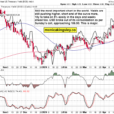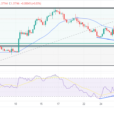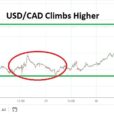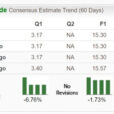For active investors who settle for nothing less than superlative returns, utilizing a breakout investment strategy come as a natural choice. This approach involves homing in on stocks trading within a tight range and buying them when they step out of this band. In keeping with this approach, they are offloaded whenever they move below this narrow band. If properly implemented, such a strategy could deliver impressive returns.
Spotting Prospective Candidates
In order to identify breakout stocks, you must first determine their resistance and support levels. A resistance level is the barrier which must be broken so as to be identified as a breakout stock. Meanwhile, a support level is the floor for the stock’s movement.
At the breakout level, demand for the stock has peaked, making it a natural choice for traders. On the other hand, when a stock hits the support floor, traders are eager to offload it. In order to spot breakout stocks, you would have to see which of these are on the brink of breaking the resistance barrier or those which have just breached this level.
Verifying Whether It’s for Real
Stocks which have breached their resistance level should ideally be in high demand among traders. But the test of whether this is a genuine breakout is whether they go on to attain higher prices and the old barrier becomes a new support. This is why it is important to determine whether a long-term price trend is about to emerge.
Only a study of long-term trends can determine whether the existing trading channel has been breached effectively. This indicates the strength of the support or resistance levels. If you can identify the effective channel for a stock, picking it even at a not-so-reasonable price would give you significant returns.
Screening Parameters
• Percentage price change over four weeks between 10% and 20% (Stocks which are showing considerable price increases, but whose gains are not excessive.)
• Current Price /52-Week High greater than or equal to 0.9 (Stocks which are trading 90% close to their 52-week highs.)













Leave A Comment